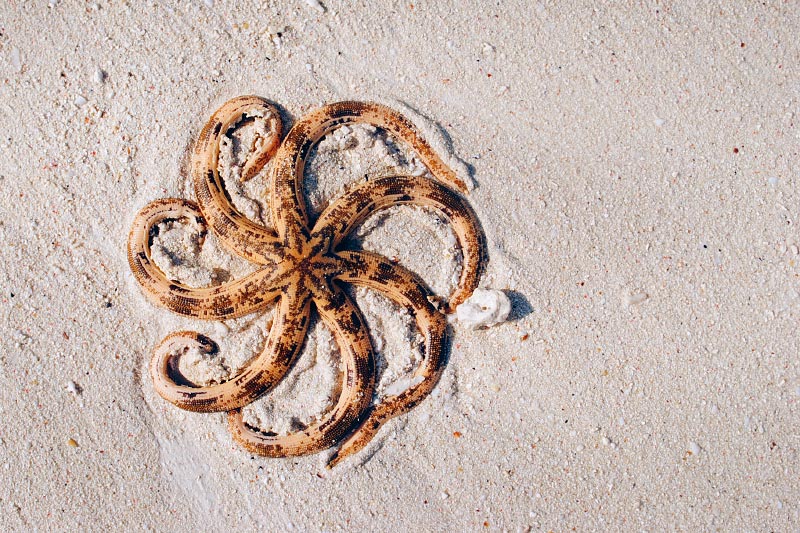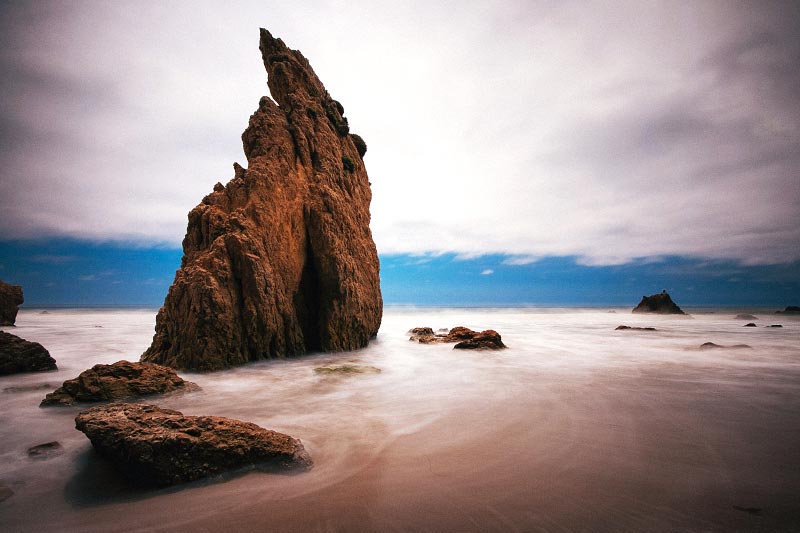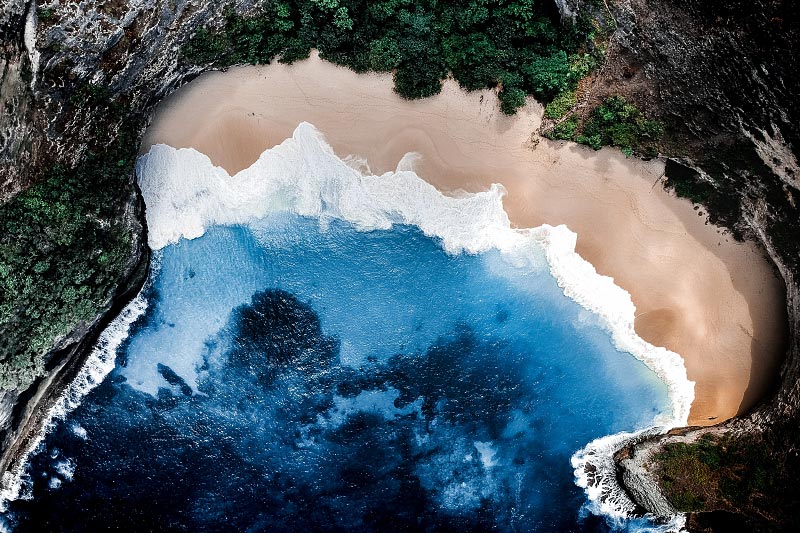Kruger National Park: Elephant

Excitement bubbled up within me as I caught my first glimpse of an elephant to the left of the gravel road. It was a solitary figure, and as I sidled up beside it, I tried to size it up and work out its age. Based on my observations, I assumed it was a male, as females usually stay with the herd. I looked for other indicators, such as the size of its head, the curve of the line from its eye to its tusk, the thickness of the tusk, and its sheer size.
First of all, I noticed that the line from its eyes to its tusk had a curve, which is more typical of elephants under 20 years old. The size of its head and body were significantly smaller than those seen in elephants that are 35 or older. Older bulls have thicker and longer tusks that bulge out, which this one did not have. Based on my observations, I estimated that this bull was somewhere between 20 and 35 years of age.
Elephants are the largest land animals on earth, weighing up to 6 tonnes (6,000 kg). They are herbivores, eating up to 350 pounds (160 kg) of grass, leaves, and tree bark per day. Their big, flappy ears are used to dissipate body heat, and their trunk, consisting of 40,000 muscles, is used for smelling, trumpeting, breathing, moving objects, and sucking up water.
Adult elephants do not have any predators, but the calves can fall prey to lions, leopards, hyenas, and crocodiles. Living up to 60 years of age, matriarchs lead troops from place to place to forage for food and find water. They play a critical role in influencing behavior and decisions, keeping the troop safe from danger, and teaching other females how to care for their young.
The matriarch is a treasure trove of wisdom, and her exceptional memory gives her the confidence to lead her troop during annual migration. When calves are born, they can’t see very well, so they use their other senses, such as touch, smell, and sound, to recognize their mothers. Calves are protected by the entire herd, often tucked among the whole herd as they move.
Learning how to use their trunks takes a lot of practice for calves to master it. Until then, it can be quite a menace as the calf often trips over it or steps on it. In the early days, calves’ intestines are sterile, and in order to digest their food, they need a particular type of bacteria that can only be obtained by eating the faeces (aka coprophagia) of their mothers or others in the herd. While this may not be the most appealing of meals, for these younglings, the bacteria help develop and strengthen their digestive and immune systems.
These gentle giants are very social and highly intelligent. They have strong family ties, like to play, love mud baths, and shower themselves to cool off. Although they travel in large troops of 30-40 individuals, breeding herds are more difficult to find in the park than the smaller groups of elephant bulls or solitary ones.
As I watched this elephant from a safe distance, I marveled at its sheer size and beauty. It was a humbling experience to witness the grace and power of these magnificent creatures in their natural habitat. Kruger National Park is a prime destination for elephant watching, and I felt incredibly lucky to have had this encounter.
Want to join this challenge? Click here.
More from the Kruger National Park Challenge:







Keep In Touch